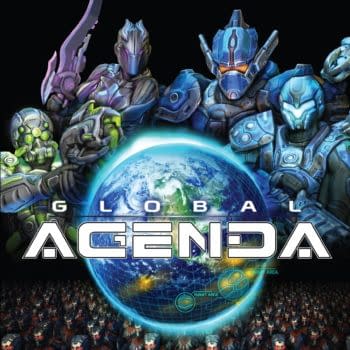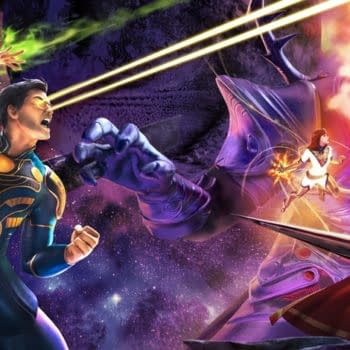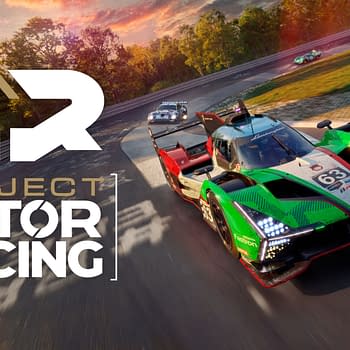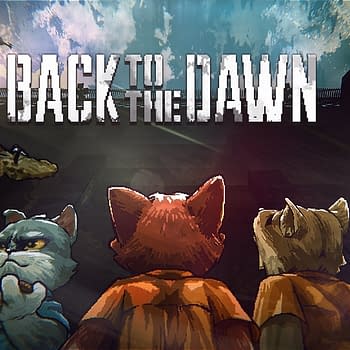Posted in: eSports, Games, Video Games, VR | Tagged: games, Population: One, Population: One: battle royale, shooters, vr
The Best Starting Tips To Jump Into Population: One
Population: One is the battle royale VR game that's taking its platforms by storm. We've already covered it as one of the best 2020 shooters to have on your wishlist, and with the holiday season leading to folks unpackaging new Quests and apps, one thing is definite: tons of new players are entering the battlegrounds. And while it's absolutely OK to be new, it's simply excellent to enjoy getting better. Population: One is the most fun after getting equipped with the right knowledge and group, so to help, here are our top starter tips towards success.
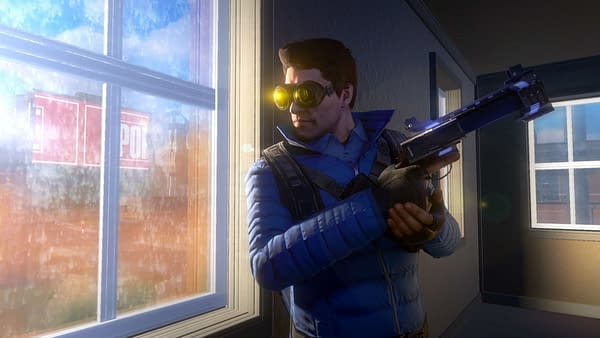
1. Despite the title, Population: One is a team game. Always let what's best for the squad drive your impulses.
We all understand that inside every aspiring apex player is an urge to John Rambo. It's also a scientific fact that if you can dish out 500 damage all by yourself, people will assume that your damage correlates with raging biceps. And people like raging biceps, so surely, your team will celebrate the blessing of squadding with you.
Wrong. In fact one of the strongest indicators of a challenging match can manifest right at the start. If you ever observe an ally deploy to a completely isolated area of the map — away from the rest of the team — there's a strong chance you're playing with a complete novice, jackass, or some combination. The map can be pulled up with the L1 trigger (on the Quest) for easy reference, and teams should always coordinate landing zones.
The team-play of Population: One also goes much further than starting positions, making this the golden rule. If initiating an engagement, the squad's position should be considered. When moving, distributing gear, reacting to noises or alerts, the squad should always be considered. Team-based gun combat is about working firing lines together and making them possible. As a result, Population: One isn't a game where players with the best reflexes always find themselves on winning teams. Reflexes do help, but the victorious teams usually feature team-based tactics that made skill and opportunity come together and create a win-baby.
2. Successful white shots are always better than missed golden shots.
Scavenging is a key part of battle royale gaming, and Population: One is no exception. Found gear comes in different tiers which become apparent quickly: guns indicated by white text are the weakest, doing the lowest damage per shot (important factors like rate of fire, ammo capacity, etc, stay constant between tiers). This white tier is followed by the weapons in blue text, while items indicated by purple text are exceptionally strong. If you're lucky enough to grab a golden gun (there are only a few per map) count your blessings because even the most shielded opponents can only take a few shots.
However, weapons are not created equal, and their value will depend on the combat situation. So when deciding which of the two shotguns you prefer, or if you should ditch your blue gun for a purple or gold, what's most important is knowing what works best for you. Damage calculations in VR are still a matter of math, and there is no golden damage multiplier that can make a missed shot count for more.
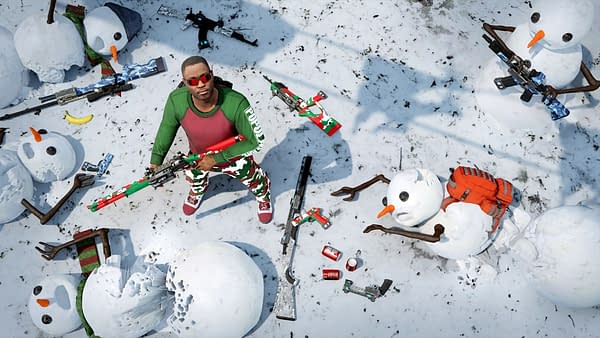
3. A player's fight is not over when they die.
After dying, players will turn into a ghost that can walk and glide at a reduced speed. This means that while incapacitated, downed players are not completely out of the action until the entire squad is ghosted. Worse, ghosts can be resurrected with the AED and put back into combat, so smart players will even drop extra health and a spare gun to make them viable again in seconds.
This creates a bit of a complex duty with two roles after a death on a squad. The fallen needs to get their butts over to the living, and the living needs to get their butt to the fallen. The living also of course needs to stay living, and find the safest and earliest opportunity to use their AED paddles (bonus tip: rubbing these together in opposing circles is the fastest way to fill that charge meter) or otherwise eliminate the entire remaining opposition. The fallen should be doing everything in their power to assist the living with this.
What new players underestimate about this entire dynamic is the last part. Death certainly happens to new and veteran players of Population: One, but vets don't stay dead the same way. After dying, better players keep their head in the game, and they'll still call out enemy movements, tactics and positions because hey, being a spooky ghost has its advantages too.
4. Communicate well!
Immature players announce themselves and reveal that their game is just egocentric. Maybe instead of, "There is a banana you can find by [reference]" the message will be "I see a banana!" Worse examples involve announcements that have zero to do with other players' interests.
While player tolerance for lousy comms can vary, questionable use of the mic is problematic whenever players can't hear enemy footsteps over chatter, or when people need to sort out confusion. So the rule is not just to communicate, but to communicate well. Give teammates the chance to listen for clues, and provide reference points whenever possible. These can result in seriously useful calls that even groups with the most personality can manage.
5. Never rail.
In Population: One, the ideal squad doesn't move like different units sent one at a time on train rails. Instead, they'll engage and withdraw simultaneously, and vantage points should compliment and converge. Simultaneous engagement is great because it means melting enemies faster, which means giving them much less of a chance to shoot back. The bottom line: engaging multiple firing lines is exponentially harder than taking them on one at a time.
The idea may sound simple, but its execution takes a special kind of awareness to pull off well. For example, suppose you take a break from converging with your troop to grab a golden gun in a room which requires a fast detour, then hear your team get engaged, is the best decision to keep going for the gun? A special number of players keep running for better gear, but that's the decision that's dead-wrong if it results in entering the fray after one's team has been eliminated.

And that rounds off our top starter tips!
Population: One is great because advanced and intermediate players will have a whole different league of tactics to consider too, but if you're new and able to follow the above — even if your aim and VR legs aren't the best yet — you're bound to end up with a decent squad and have a good time. And if you think there are any starting tips that should have been part of our top five instead of the above… well you're probably wrong, but take a shot and let us know!



